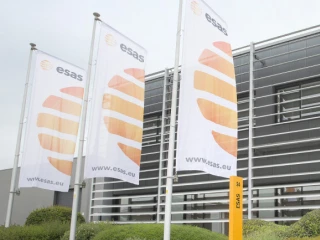
Answering your strategic HR questions
People dynamics provides you the insights you need to make substantiated decisions
By combining workplace data, operational data, external data and experiential data (e.g. satisfaction surveys), we provide answers to questions like: How can you limit churn? Which skill sets will be crucial in future? How well do new starters fit within your corporate culture?




/AdobeStock_279261087-(1).webp?mode=autocrop&w=580&h=580&attachmenthistoryguid=0b3f1ae2-fe5b-4b33-9caa-b2491205ea5e&v=&c=ba0d1761f555816d2b962a724d4fb431fa0e1f3949d24eeb01067a75c7cf2e34)
/AdobeStock_207632167-(2).webp?mode=autocrop&w=580&h=580&attachmenthistoryguid=fdbbd766-3332-498c-983e-7d7b0937eaa5&v=&c=bf776ab4bb392ea9ac62a90687698da84f4ca138cd9df22594576eb176122525)
/Untitled-design-(2).webp?mode=autocrop&w=580&h=580&attachmenthistoryguid=2d0658f8-3177-4097-8412-32e5f02baa8e&v=&c=a3cb499434b0125a781f34e93f9c7b8e395440d48294e3ea3de8185b4154f388)
/Untitled-design-(1).webp?mode=autocrop&w=580&h=580&attachmenthistoryguid=bac19a44-57a1-4e18-a413-78d4a758ab61&v=&c=ee32d485658eabd9d59213a9969d7a06cac6d57da475c192402830d35f794670)